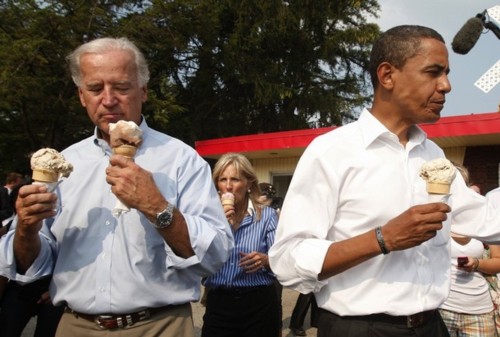In September, Charlotte is hosting the U.S. Democratic National Convention. In preparation for thousands of political folks showing up and eating (including President Obama, Vice President Biden and crew) the food protection community is ramping up inspections and vetting caterers. And they are going to collect a whole bunch of surveillance data that could be useful for food safety types if published.
Inspectors have gone beyond the standard food inspections, taking samples of commonly-served foods for testing, said Lynn Lathan, environmental supervisor for the Food and Facilities Sanitation Program through the Mecklenburg County Health Department. Normally, they don’t take food samples.
Samples were sent earlier this month to several labs across the country to test for contamination, including substances that might be used by terrorists, Lathan said.
“This is surveillance only,” Lathan said. The sampling, which Lathan said was financed by the FDA, took place over three days earlier this month, and the restaurants were selected based on their proximity to the convention site uptown.
Lathan said for safety reasons, she could not give a list of restaurants that were sampled. “We don’t want them getting negative attention, and we don’t want them advertising that they’re doing parties for the DNC. If someone were to come out and say, ‘I’m feeding the president tomorrow at noon,’ that’s not smart and it makes you a target,” she said.
Restaurants have the right to turn inspectors down, but so far, no one has, Lathan said.
“We’re collecting large quantities, and we’ve picked things from representative food groups. We may be asking for four pounds of lettuce and there’s no means for us to reimburse them. If they’re running on a shoestring, I could see where someone would have a hard time with it,” Lathan said.
The sampling strategy (foods, number of samples and pathogens screened for) probably won’t be released publicly for security reasons but with all this extra testing I hope the public health folks share the results and are typing samples to see where they fit in to the world of all the other ongoing routine surveillance. This data can help risk assessors figure out exposure probabilities and risk managers make better evidence-based decisions.
